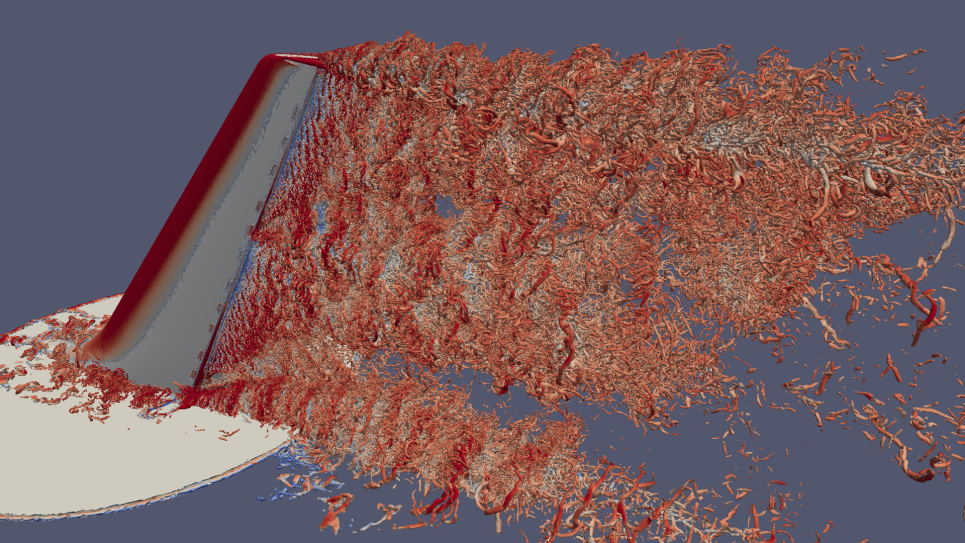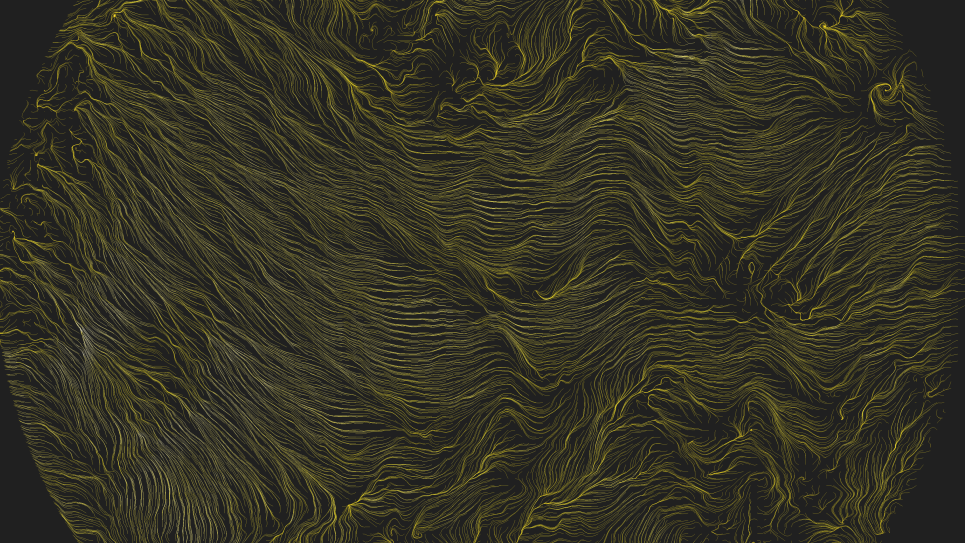This project will enhance the understanding of liquid droplet vaporization and mixing processes in a turbulent flow. All liquid fuel combustion devices, mobile or stationary, use atomizers to produce sprays of fine droplets. The fuel droplets must first vaporize before their vapor mixes with the surrounding air. Understanding the physical details of the vaporization and mixing processes in a turbulent flow is an essential prerequisite to understanding the chemical reaction process and the eventual control/optimization of the energy conversion process.
This numerical study employs direct numerical simulations (DNS) to examine the two-way interactions between freely moving vaporizing droplets and isotropic turbulence. The droplets will be fully resolved in 3-D space and time, i.e., not treated as point particles, and all the scales of the turbulent motion are resolved down to the smallest relevant length- and time-scales (the Kolmogorov scales). The emphasis will be on the two-way exchange of mass, momentum, and energy between the vaporizing droplets and surrounding turbulent gas. The turbulence will be assumed isotropic as a first step before considering turbulent shear flows in future studies.
The researcher has fine-tuned his parallelized code on Intrepid, the IBM Blue Gene/P system, to make it efficiently scalable for up to 65,536 processors. The INCITE allocation on the Blue Gene/P will enable the performance of the large simulations with higher Reynolds numbers and larger numbers of vaporizing droplets. The study will be the first that fully resolves the flow inside and outside a large number of freely moving vaporizing droplets in a turbulent flow. The detailed results of the DNS, with two-way coupling between the droplets and turbulence, can be used to develop and verify the mathematical models for the subgrid scales of large-eddy simulations (LES), as well as Reynolds-averaged models. It should be emphasized that the detailed DNS data that will be obtained from the proposed research is not available to date in any published experimental or numerical study.

